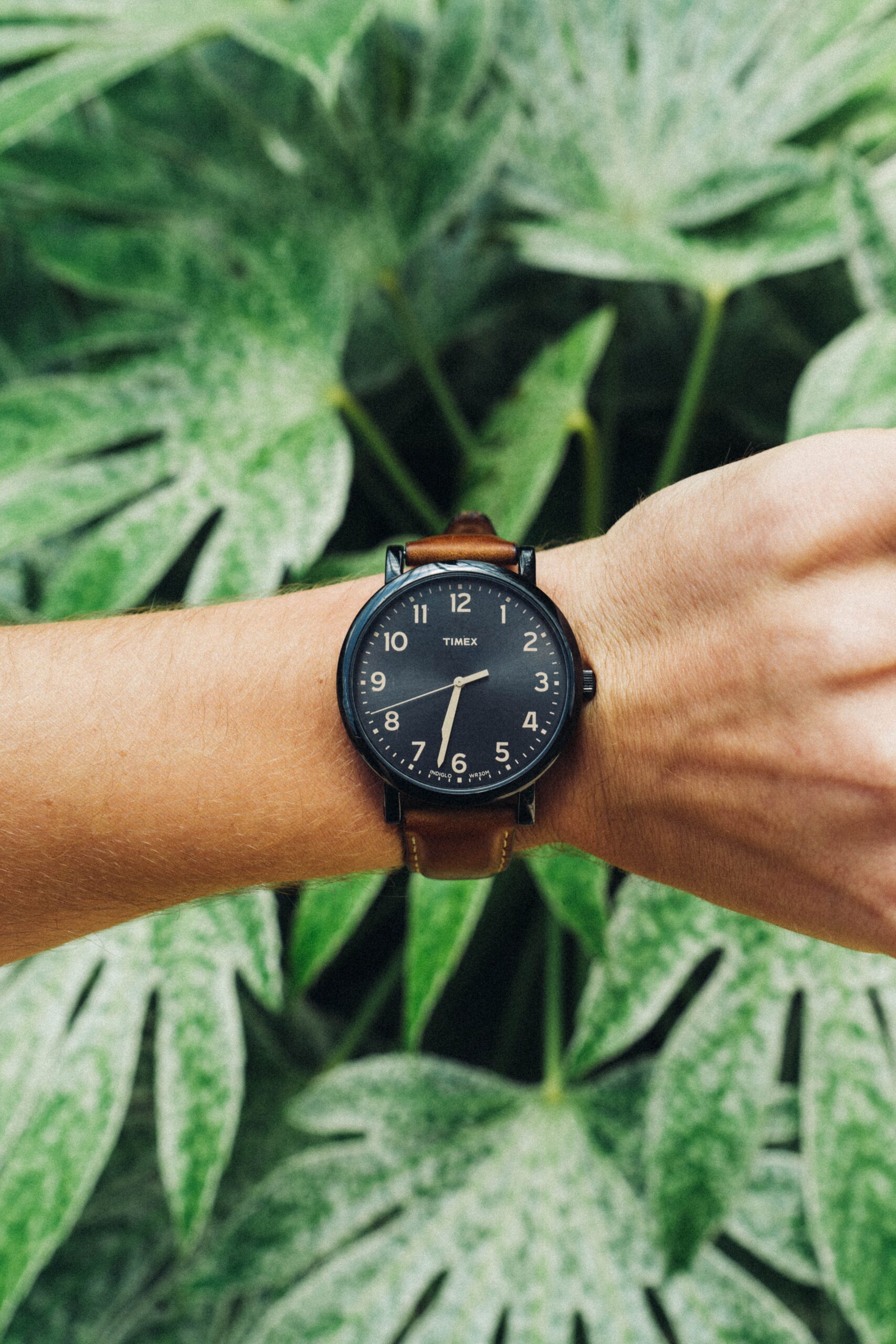A watch pressure test not only ensures that your favourite watch is still water resistant but that it meets manufacturer specifications after being repaired.
This test is generally required when a new battery is fitted or the glass, pusher or winder is replaced, all of which is essential to the level of water resistance.
When a watch is manufactured, a seal is applied to the glass, case back as well as the buttons and pushers. As a watch ages, these seals can begin to wear out, particularly if they need to be removed In order to repair a watch. However, whenever a watch is repaired, it can be re-sealed and a pressure test can be performed.
If the seals of the watch start to dry out and crack, the rubber can be replaced. However, if they are in good condition, the correct greases can be applied to maintain them,
The Basics of Watch Pressure Testing
There are two types of pressure tests that can be performed on a watch.
Water Pressure Test
To test a watch using water, it is first placed in a pocket of air and placed inside a pressurised water testing tank. Once the watch is submerged, the air pressure is gradually released. If there was any air inside the watch, it will try to equalise with the pressure outside the watch, resulting in a stream of bubbles coming out of the leak. If no bubbles appear, it means the watch is airtight. The watch can be tested at different depths too.
The water pressure test does take longer than an air test but it is known to be more accurate and makes it easier to spot which seal has been compromised. A pressure test can be performed in about half an hour so it’s really quick.
Air Pressure Test
Also known as a vacuum test, an air test is completed using a podium that is placed inside an air testing machine. A fine needle is placed on the centre of the watch face before the test can commence. Air is then removed from the machine which creates a vacuum around the timepiece. Again, the air inside the watch will equalise with the pressure outside, which will bend the glass of the watch ever so slightly, which is measured by the needle. For the next few seconds, this measurement needs to be monitored for changes. If the measurement changes, it indicates there’s an air leak. If no change occurs, the watch is airtight.
The air test is also very quick but if the watch has very thick glass, it can make this test more difficult to perform. If the glass is naturally curved, the test results will also be inaccurate.
Before you have your watch repaired, find out whether a pressure test will be performed prior to you collecting it.
